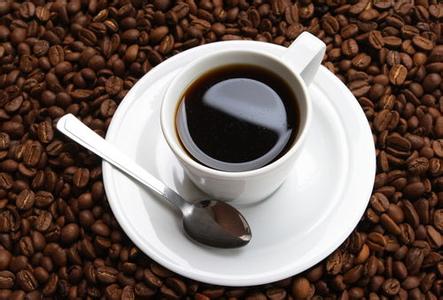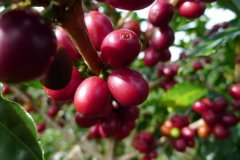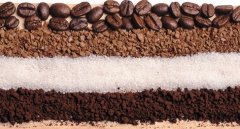The roasting degree of coffee beans can be divided into six categories.

Light baking (Light Roasts), cinnamon (Cinnamon), half-city style (Half City), New England style (New England). This kind of baking is only used for absolutely high-quality, fine or highland-grown Arabica coffee beans, mainly for the identification and tasting of coffee beans, generally not on the finished products sold in the market. Cinnamon, so called because its roasted color is very similar to cinnamon, this roasted coffee beans have a lot of acidity, but very little alcohol.
Light to moderate baking (Medium Light Roasts), there are mild American style (Light American), light style (Light City), West Coast style (West Coast).
Medium baking (Medium Roasts), including American baking (American), breakfast baking (Breakfast), brown baking (Brown). American roasting is also called "normal" or "brown". When the table is made without oil, the color is darker and is generally used in the roasting of drip coffee.
Medium and deep baking (Medium-Dark to Dark Roasts), citywide (Full City), light French (Light French), Viennese (Viennese). Viennese, which means slightly darker than medium baking. This baking has dark brown spots and a little oil on the surface.
Deep baking (Dark/High Roasts), including after-dinner style (Afer Dinner), continental style (Continental), European style (European), French style (French), Italian style (Italian), New Orleans style (New Orleans). Continental style can also be called "double roasting", "high", this roasted coffee beans with a similar chocolate color, is described as "very deep", "very important" roasting; Italian, it is mainly used for Italian coffee beans roasting. In the United States, this roasting is darker in color, sometimes called "concentrated" roasting, and the roasted coffee beans are almost black and very oily, and its main flavor comes from the roasted taste rather than coffee.
Very deep baking (Very Dark Roasts), there are deep French (Dark French), carbon (Charcoal), in which carbon is rarely used. (the origin of carbonated coffee: Japan is a country that does not produce coffee and accepts coffee relatively late. If the Japanese want to develop their own characteristics of coffee, they roast coffee beans to a very deep degree, similar to carbon, named charcoal.)
Important Notice :
前街咖啡 FrontStreet Coffee has moved to new addredd:
FrontStreet Coffee Address: 315,Donghua East Road,GuangZhou
Tel:020 38364473
- Prev

Baking can be divided into three stages: drying, high temperature decomposition and cooling.
Drying in the early stages of baking, raw beans begin to absorb heat and the internal water gradually evaporates. At this time, the color gradually changed from turquoise to yellow or light brown, the silver film began to fall off, and a faint smell of grass could be smelled. The main function of this stage is to remove moisture, which accounts for about half of the baking time. Because water is a good thermal conductor, it helps to bake the internal substance of coffee beans. So, although the eye
- Next

Honeycomb structure of coffee beans Common sense of roasting coffee beans
Coffee enthusiast, Professor Yukio Hiroase of Kanazawa University in Japan, has a doctorate in engineering and specializes in computational mechanics. the boss has studied coffee beans with a hundred and twenty thousand scientific spirit and achieved the following results: 1 the interior of roasted coffee beans is honeycomb structure. different roasting methods form different honeycomb structures. (2) the diameter of honeycomb cavity is basically 0.01mm, that is, about 10 microns. three
Related
- Beginners will see the "Coffee pull flower" guide!
- What is the difference between ice blog purified milk and ordinary milk coffee?
- Why is the Philippines the largest producer of crops in Liberia?
- For coffee extraction, should the fine powder be retained?
- How does extracted espresso fill pressed powder? How much strength does it take to press the powder?
- How to make jasmine cold extract coffee? Is the jasmine + latte good?
- Will this little toy really make the coffee taste better? How does Lily Drip affect coffee extraction?
- Will the action of slapping the filter cup also affect coffee extraction?
- What's the difference between powder-to-water ratio and powder-to-liquid ratio?
- What is the Ethiopian local species? What does it have to do with Heirloom native species?

